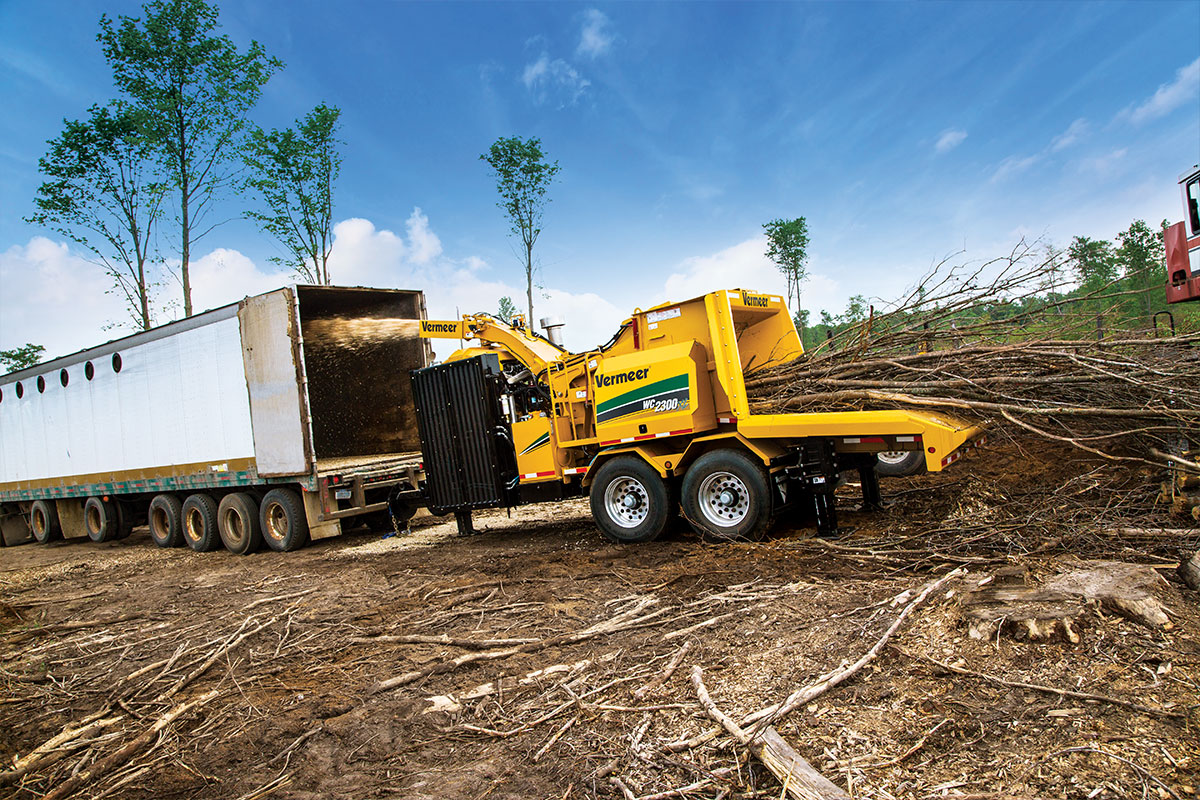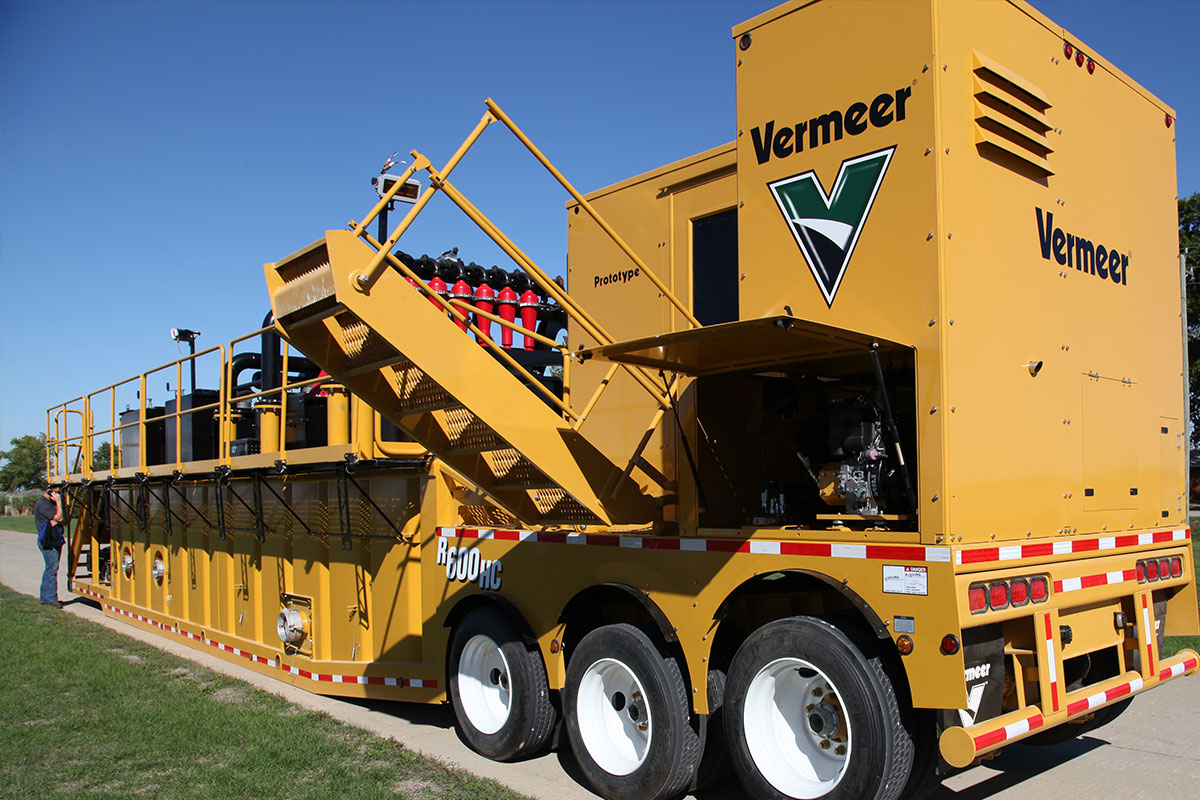After this summer’s record-breaking bushfire season, businesses, community groups and the Royal Commission have started to discuss the next steps to ensure we are not unprepared for next year. From that, one key consideration that needs to taken into account is excess vegetation close to powerlines and the role it potentially plays in sparking and exasperating these fires. It’s clear that drastic clearing efforts should be undertaken now to ensure our 2020-21 summer is safer for all Australians.
The Black Summer of 2020 was one of the worst bushfire seasons Australia has endured, especially for New South Wales in terms of the intensity, area burned and the number of properties lost, and had a devastating effect on many communities around Australia.
As of March 2020, the fires burnt an estimated 18 million hectares, destroyed over 5,900 buildings and killed at least 33 people. An estimated one billion animals have been killed and some endangered species may be driven to extinction.
At its peak, air quality dropped to hazardous levels, while the cost of dealing with the bushfires is expected to exceed $5 billion dollars.As temperatures drop, and efforts move from fighting fires to rolling out funding and support for those who have been impacted by the fires, we also need to look more closely at the steps we can take to mitigate future bushfire risks in Australia.
THE ROLE VEGETATION MANAGEMENT HAS TO PLAY
One issue that has been raised during the Black Summer fires has been the role vegetation management has to play in mitigating bushfire risks.
In February 2020, the Federal Government announced that a national Royal Commission into Australia’s 2019-2020 Black Summer bushfires would be established, with it to report its findings by the end of August.
One of the issues the Royal Commission has been tasked with investigating is the question of whether Australia could harmonise aspects of land and vegetation management, like hazard reduction burns.
Vegetation around powerlines is a cause of bushfire sparking in Australia, and it’s critically important that utilities stay on top of this.
According to Dr Simon Dunstall, Research Director of the Decision Sciences Program at Data61, “Powerline-initiated bushfires do happen, and they’re more likely to be large and fatal. Over 80 per cent of bushfire fatalities in Australia since 1950 have been due to fires initiated on high-voltage (HV) distribution powerlines.”
One of the most basic mitigations utilities can take against the threat of powerline-initiated bushfires is to manage the vegetation around their powerlines – and after the Black Summer fires we’ve just experienced, it’s more important than ever that utilities get on the front foot.
We only need to look at the case of Californian electricity and gas network service provider Pacific Gas & Electric Co, which filed for bankruptcy in January 2019. The company saw two-thirds of it’s value stripped from it, with blame largely attributed to poor vegetation management practices and unsuitable asset design, following the impacts from the 2018 bushfire season in California.
According to Greg Parkinson, Vermeer’s QLD Product Specialist for Environmental Equipment, we can expect to see increased requirements when it comes to managing vegetation in bushfire-prone areas and around powerlines.
“Most definitely, we will see governments looking at building firebreaks and clearing corridors that are considered a fire risk,” Mr Parkinson said.
A CONVENIENT SOLUTION FOR DEALING WITH VEGETATION WASTE
Vegetation management is an enormous job in Australia, especially when areas of coverage can be in the millions of square kilometres.
“Vegetation management around power assets typically requires the removal and processing of vegetation both large and small,” Mr Parkinson said.
“The key is finding a contractor with highly productive and versatile equipment that will enable them to get more done, quicker, while maintaining a high quality of work.”
Global equipment manufacturer Vermeer has an extensive range of wood chippers and whole tree chippers– the crucial link in the processing of cleared vegetation – which have been developed to deliver efficiency and ease of operation, with operator safety paramount.
“Our wood chippers range from 8”x 6” capacity all the way up to 38”x 27” capacity. We have the most diverse range of machines that can handle basic pruning and trimming all the way up to tree removal,” Mr Parkinson said.
“We pride ourselves on the productivity, safety and ease of operation of our machines.
“The end product from our wood chippers is also a consistent, saleable product, which is perfectly suitable for use as an organic mulch in gardening, landscaping or restoration ecology.
“As we move out of one horrific bushfire season, and into the planning phase for our next one, contractors will be well equipped to get ahead of the curve. When thinking about the vegetation management works you need to undertake to create a safer environment, think about the role a high-quality wood chipping machine can play in these efforts.”
Click here to download the FREE Tree Care Cababilities guide.

 MyDealer:
MyDealer:


